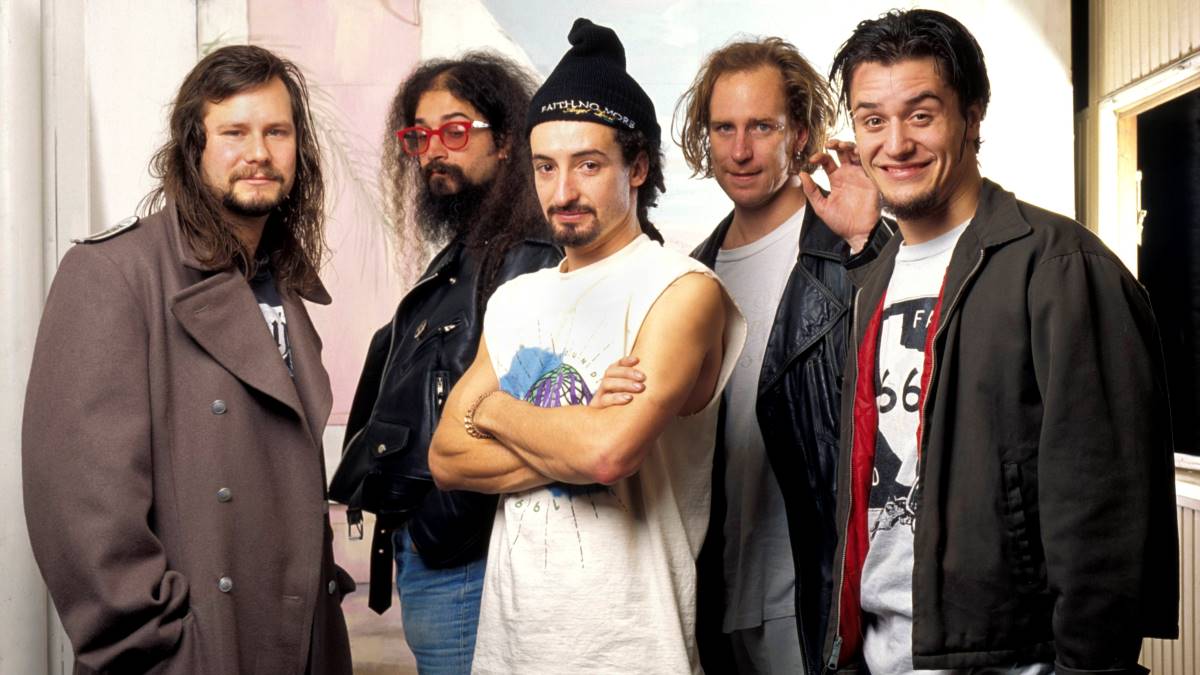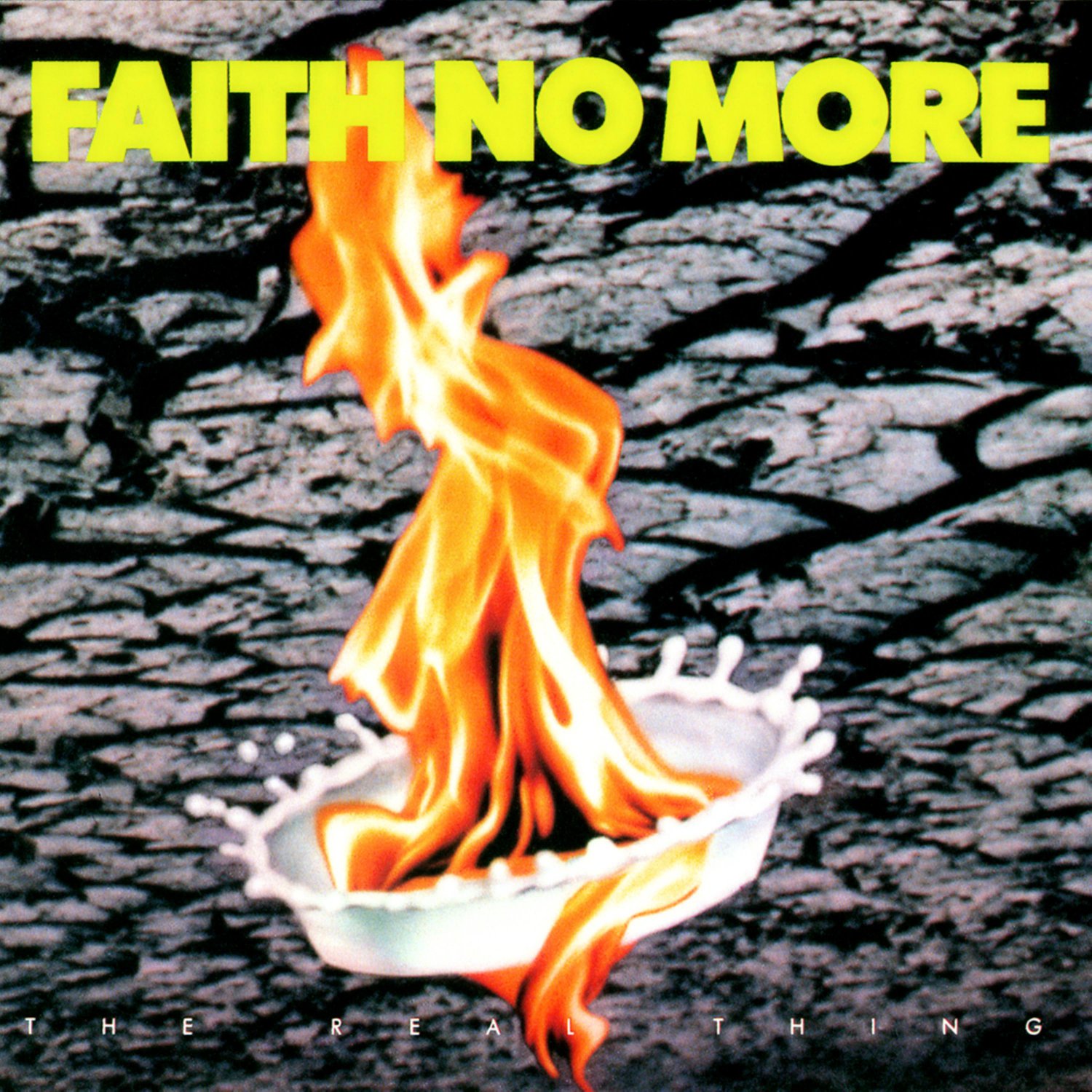

Let’s be clear: Bungle was never a side project. Bungle released their major-label debut in August 1991, produced by the experimental Jazz composer John Zorn (somewhat of a mentor to Patton). There’s the matter of Patton’s other band, the one from Eureka, California, the band that thrived on volatility and absurdism. Now, having time to adjust to the group, he was part of the incubation, importing his aesthetic- and the guy definitely had an aesthetic. The last time Faith No More made a record, Mike Patton was an emergency-replacement vocalist for Chuck Mosely, given two weeks to scribble lyrics to an album’s worth of songs already composed and arranged. Not only would a sequel to The Real Thing have sounded outdated, but such a record was also no longer possible because a new songwriter entered the arrangement, altering the band’s brain chemistry. In other words, an album from the same template as The Real Thing may have never caught fire in 1992- the year that, according to Melody Maker’s Simon Reynolds, “punk finally happened in America” (30). Illustrating how three years in the music industry is a lifetime, 1992, by contrast, gave us Tool‘s Opiate, Nine Inch Nails‘ Broken, Rage Against the Machine‘s debut, and Angel Dust. Anyone who remembers the turn of the decade might agree with Pitchfork’s Stuart Berman that, though a good record, The Real Thing sounds a lot like 1989 (a year that gave us gluttonous wonders like Warrant and Skid Row). Angel Dust on some level represents their attempt to distance themselves from that descriptor.Īlso, think about this: when Angel Dust came out, we weren’t living in 1989 anymore. For one, music journalists across 1990 repeatedly dubbed Faith No More as “funk metal”, a moniker they despised. Yet, as much as I like the idea of a group intentionally giving corporate rock the finger, spite was never the objective. So imagine the horror on the faces of the record label yuppies, still clinging to the decade of greed, counting on The Real Thing: Part II, when, instead, they got “R.V.” and “Crack Hitler”.īy all appearances, here was a band engaged in mutiny, refusing to kiss the ring of corporate rock, offering the musical equivalent of a William Burroughs novel.

But Angel Dust was Faith No More from a parallel universe, from a Bizarro world- the album endorsed by your other friend, the one into Black Flag and Nietzsche. It was one of those albums you picked up on cassette after your friend, previously into Rainbow, blared the album in his fireball Mazda. The Real Thing generated so much hoopla and held enough user-friendliness to make the San Francisco band Grammy-nominated and MTV-approved, earning them a Saturday Night Live appearance. Judging by initial sales of this eagerly-awaited successor to the Platinum-certified The Real Thing (1989), Faith No More indeed found a way to alienate a half-million customers. One critic in June of 1992 even described the record as “a band… going out of its way searching for detours to outwit, rather than connect with, any audience- be it the critical MTV mass or the original Faith-ful” (Frost 17).

F aith No More‘s Angel Dust, released 30 years ago, still sounds like a record executive’s nightmare- hyperactive, inaccessible, misanthropic- a record whose defining legacy is that it blindsided everyone.


 0 kommentar(er)
0 kommentar(er)
